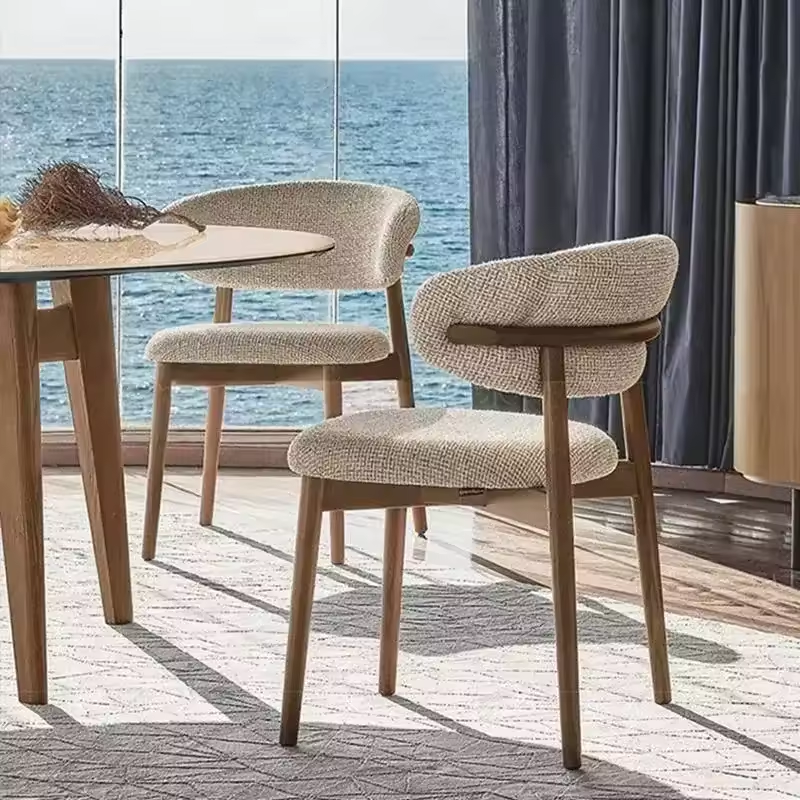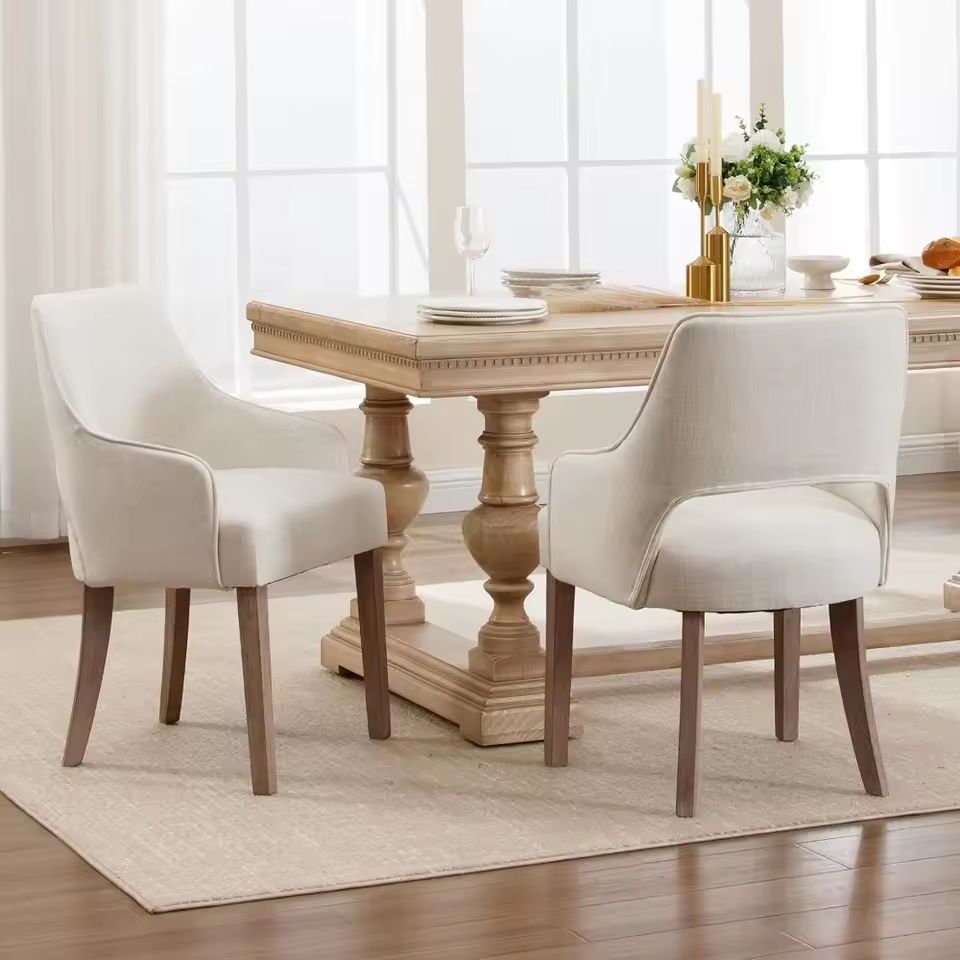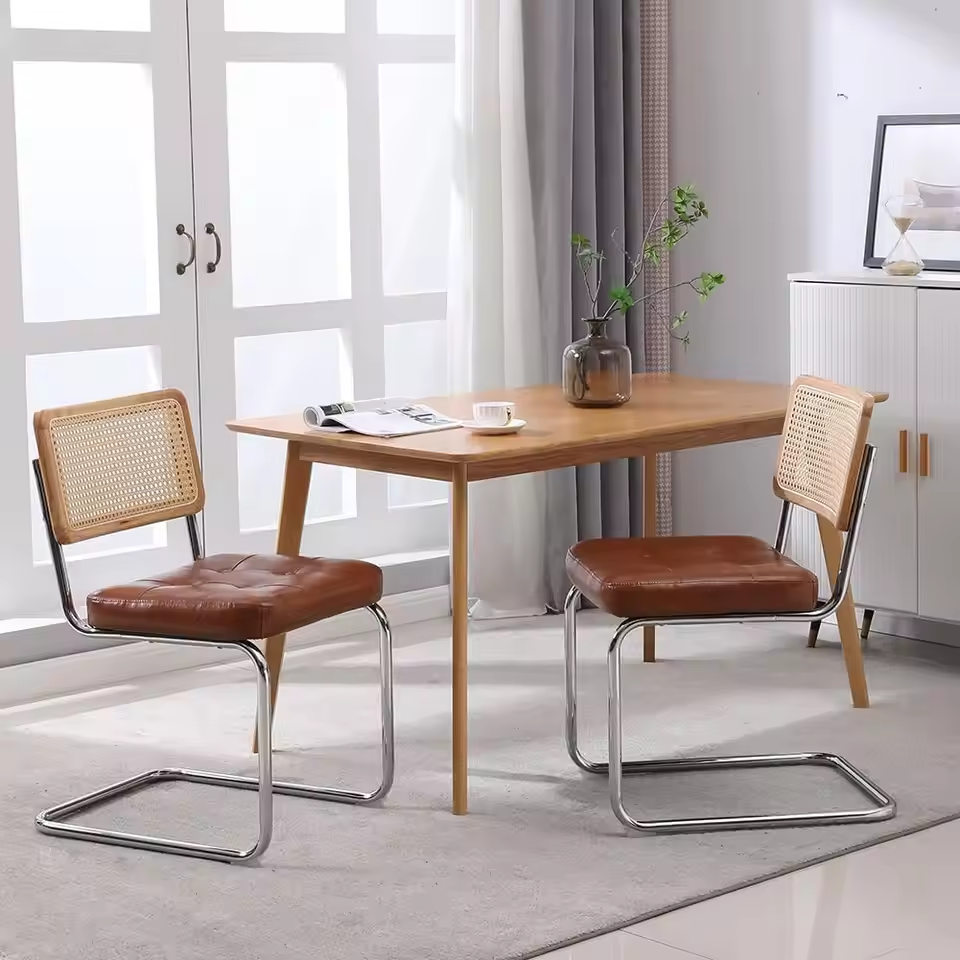Introduction to Dining Chairs and Their Importance
Dining chairs are more than functional pieces of furniture—they are the cornerstone of social gatherings, family meals, and aesthetic cohesion in any dining space. Whether you’re designing a cozy kitchen nook or a formal dining room, selecting the right dining chair can elevate both comfort and style. However, with so many options available—from sleek modern designs to classic wood frames—deciding on the perfect fit can feel overwhelming. This guide breaks down the key considerations, styles, and practical tips to help you choose a dining chair that meets your functional needs while complementing your decor.
Transitioning into the specifics, the first step in choosing a dining chair is understanding your priorities. Do you prioritize comfort, durability, or a specific aesthetic? By addressing these questions early, you can narrow down your options and avoid common pitfalls.
Key Considerations When Choosing Dining Chairs
When shopping for dining chairs, several factors must be evaluated to ensure a harmonious blend of form and function. Comfort is paramount, as chairs should support posture and withstand frequent use. Look for ergonomic designs with padded seats and backs, such as those found in ergonomic dining chairs, which promote spinal alignment.
Material durability is another critical aspect.实木木 chairs offer timeless elegance and sturdiness, but they require maintenance. In contrast, folding dining chair options made from metal or plastic are lightweight and ideal for outdoor or temporary setups.
Space optimization also plays a role. Measure your dining table and room dimensions to ensure chairs fit comfortably without overcrowding. Compact designs or stackable options can be especially useful in smaller spaces.
Transitioning to aesthetics, consider how the dining chair will complement your decor. Will a minimalist metal frame suit a modern loft, or would a velvet-upholstered chair enhance a rustic farmhouse style?
Exploring Dining Chair Styles: From Classic to Contemporary
Dining chairs are more than functional pieces—they are design statements that reflect personal taste and space aesthetics. From timeless traditions to bold modernity, here’s a concise guide to key dining chair styles:
1. Classic & Traditional
Classic dining chairs exude elegance through intricate details and historical inspiration. Victorian styles feature curved backs, carved legs, and plush upholstery in velvet or brocade, evoking opulence. Louis XVI-inspired chairs boast straight lines, tapered legs, and gold accents, embodying French neoclassical grace. Windsor chairs, with spindle-backed frames and turned-wood legs, offer a rustic charm, perfect for cottage or farmhouse decor. These styles prioritize rich wood finishes and ornate carvings, ideal for formal dining rooms.
2. Mid-Century Modern
A bridge between eras, mid-century modern chairs (1930s–60s) blend organic shapes with simplicity. The Eames Lounge Chair exemplifies this style, pairing fiberglass shells with wooden frames for sculptural appeal. Danish modern designs, like tapered teak frames and upholstered seats, emphasize comfort and functionality. These chairs use warm woods and minimalist lines, creating a cozy yet sophisticated look.
Scandinavian styles focus on minimalism and functionality. Clean lines, light woods (pine, oak), and neutral tones define this aesthetic. The PP Møbler Chair—a tapered wooden frame with simple upholstery—embodies the philosophy of “form follows function.” These chairs prioritize airy, sunlit spaces, often pairing with neutral textiles like linen or wool.
4. Industrial & Contemporary
For bold, urban spaces, industrial and contemporary chairs dominate. Industrial designs use metal (iron, steel), leather, and reclaimed wood for a raw, unfinished vibe. Contemporary styles embrace geometric shapes and unconventional materials like acrylic or chrome. The Barcelona Chair (leather and stainless steel) showcases avant-garde elegance, while stackable acrylic chairs add a futuristic touch.
5. Transitional & Hybrid Styles
Blending old and new, transitional chairs merge classic elegance with modern practicality. Think tailored linen upholstery on sleek, tapered frames or wood finishes paired with geometric accents. This style suits eclectic spaces, offering a balanced look without sacrificing comfort.
Material Matters: Choosing the Right Material for Your Dining Chairs
The material of your dining chair determines its durability, comfort, and aesthetic fit within your space. From classic to modern styles, here’s a guide to selecting the perfect material:
1. Wood: Timeless and Versatile
Wooden dining chairs exude warmth and elegance. Solid wood (oak, teak, or walnut) offers durability and a natural grain pattern, ideal for traditional or rustic settings. However, it requires regular sealing to resist moisture and scratches. Engineered wood (plywood or MDF) is cost-effective and stable but less resistant to dents.
2. Metal: Sleek and Modern
Metal frames—iron, aluminum, or stainless steel—add a contemporary edge. They’re lightweight and weather-resistant, making them perfect for outdoor or industrial-style interiors. However, bare metal can feel cold in colder climates; pairing with upholstered seats balances comfort and style.
3. Plastic/Resin: Affordable and Functional
Plastic or resin chairs are budget-friendly and lightweight, ideal for casual dining or outdoor use. Their UV-resistant finishes withstand sunlight and moisture, but they may lack the sophistication of natural materials. Stackable designs, like folding dining chairs, save space in multifunctional rooms.
4. Leather: Luxurious Comfort
Leather-upholstered chairs blend luxury and durability. Full-grain leather develops a rich patina over time but requires conditioning to prevent cracking. Vegan leather (PU) mimics the look at a lower cost but may wear faster. Pair leather with wooden or metal frames for a balanced look.
5. Fabric/Upholstery: Comfort and Style
Fabric seats, such as cotton, linen, or microfiber, offer softness and color versatility. Neutral tones (beige, gray) work universally, while bold patterns add personality. Waterproof fabrics are practical for kitchens, while breathable materials suit warmer climates.
Ergonomics and Comfort: Ensuring Optimal Seating Experience
Comfort should never be an afterthought. Ergonomic dining chairs are designed to support natural posture, reducing back strain during long meals. Look for seats with a slight tilt forward and backs that curve to match spinal contours.
Padding quality matters: dense foam or memory foam seats provide lasting comfort, while thin padding may feel firm over time. Seat height is equally important—ideally, your knees should bend at a 90-degree angle when seated.
Adjustable features, such as height or tilt settings, add versatility. For larger groups, ensure chairs can be moved easily between tables of varying heights.
Incorporating lumbar support through cushioned backrests enhances comfort further. Ergonomic designs, whether modern or traditional, should strike a balance between aesthetics and practicality.
Dining Chair Functions and Special Features
Beyond aesthetics, many dining chairs offer functional innovations. Folding dining chairs with quick-release mechanisms save space when not in use, ideal for small apartments or temporary setups.
Storage-friendly designs, such as chairs that stack or nest together, are practical for hosting large gatherings. Some models even include built-in storage for cushions or linens.
Outdoor-specific chairs often feature UV-resistant fabrics and rust-proof metals to withstand weather. For children, chairs with non-slip bases prevent accidents during lively meals.
Customizable options, such as interchangeable seat colors or modular bases, allow homeowners to adapt their dining chairs as their style evolves.
Styling Tips for Integrating Dining Chairs into Your Space
Your dining chairs are more than functional—they’re design elements that can transform your space. Here’s how to style them seamlessly for cohesion and charm:
1. Match Materials Strategically
Pair chairs with complementary materials to create harmony. Wooden dining chairs look elegant with a marble or glass table, while industrial metal frames contrast nicely with rustic wood. For a unified look, ensure chair legs match table bases (e.g., black metal legs with a blackened steel table).
2. Play with Color and Patterns
Neutral chairs (beige, gray) offer versatility, but bold hues or patterns can make a statement. A set of mustard-yellow chairs adds warmth to a white kitchen, while striped upholstery brings coastal flair. Mix patterns sparingly—pair a floral seat with a geometric table runner for balance.
3. Layer Textures for Depth
Combine smooth, rough, and soft textures. A leather-upholstered chair pairs well with a woven rattan back for rustic-chic contrast. Add a linen tablecloth or a velvet cushion to elevate minimalist setups.
4. Balance Proportions
Avoid overwhelming small spaces with bulky chairs—opt for slim metal or tapered wooden legs. In large rooms, oversized chairs with plush cushions create a cozy focal point. Ensure chair height matches the table (seat height ~18–20 inches below table surface).
5. Anchor with Lighting and Accessories
Position a pendant light above the table to highlight chair designs. Layer in decor that complements the style—vintage chairs might pair with floral arrangements, while modern chairs suit sleek geometric vases. A runner or charger plates ties the ensemble together.
6. Personalize with Accessories
Customize seats with removable cushions in seasonal fabrics or add armrest trays for functionality. For a cohesive touch, match chair colors to accent walls or curtains.
7. Mix and Match for Eclectic Style
Combine different styles (e.g., a mid-century chair with a traditional bench) for an eclectic vibe. Ensure they share a common color or material to maintain unity.
By thoughtfully integrating chairs with your decor, you can create a space that’s both functional and visually inspiring.
Conclusion: Elevating Your Dining Experience with the Perfect Chair
Selecting the right dining chair is a decision that impacts both comfort and aesthetics for years to come. By prioritizing ergonomics, materials, and style, you can create a dining space that feels welcoming and visually cohesive. Whether you opt for a classic wood design or a modern minimalist seat, remember that the chair is more than a functional item—it’s a statement of your personal taste and lifestyle.
Transitioning your search into action, start by defining your needs, explore styles that resonate with your decor, and invest in quality craftsmanship. With this guide, you’ll be well-equipped to transform your dining area into a space that inspires every gathering.